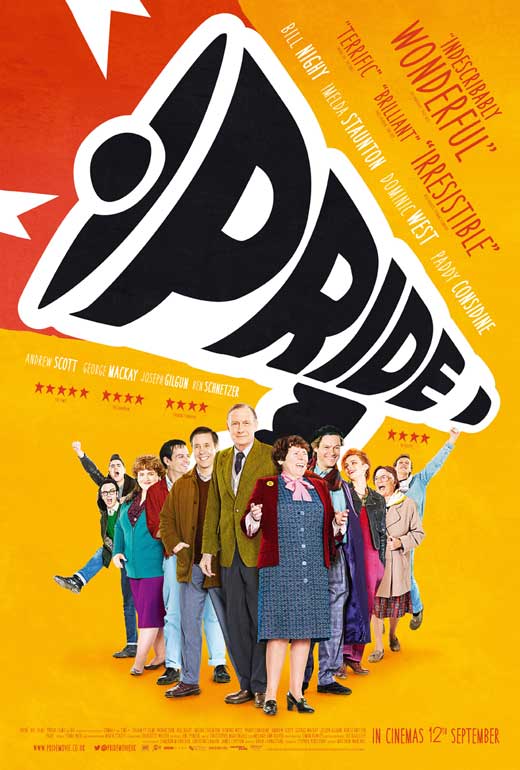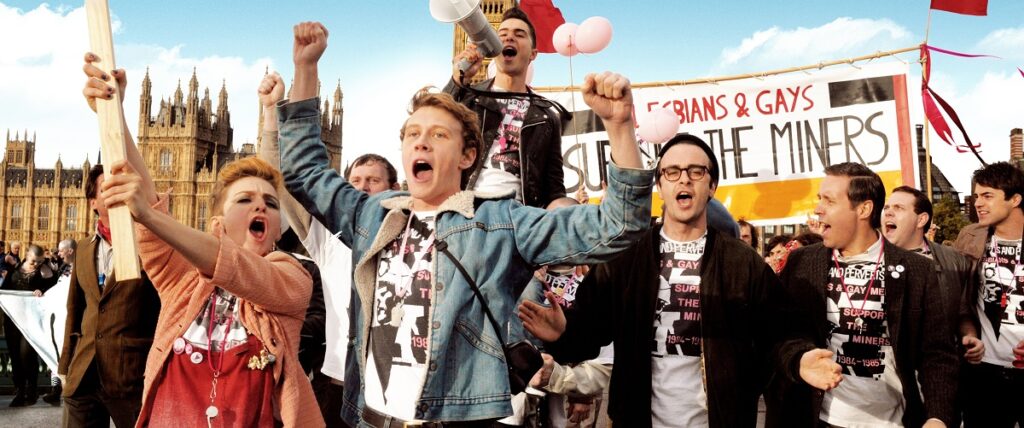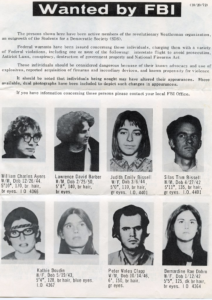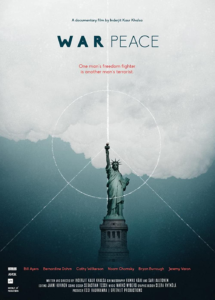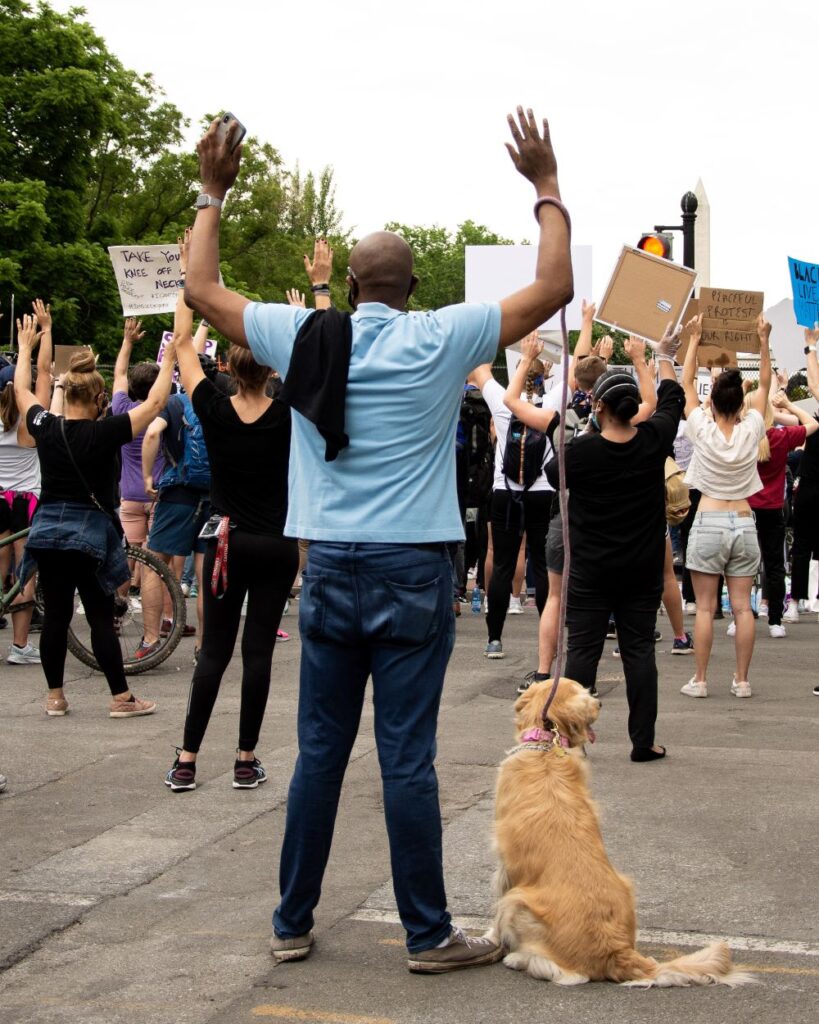
Photo by: Koshu Kinii (Unsplashed)
The Fight in the Fields: Cesar Chavez and the Farmworkers’ struggle.
I find this movie fascinating because it shows various strategies and tactics employed in nonviolent actions. The documentary is about Cesar Chavez (an American activist) who inspired a struggle to create a multiracial movement which eventually resulted in the formation of United Farm Workers (UFW) in 1965 after several years of struggle to form a permanent union for farm workers. The migrant workers from Mexico, the Philippines, China, and Japan provided skills and power as factory and field workers during the agricultural boom in California in the 1960s. However, despite their impact on agricultural development, each time they attempted to form unions to agitate for a wage increase, better conditions of service, or to acquire their farm, they were met with beatings, shootings, and deportations. This happened between 1965 to 1970.
Chavez and his team realized the importance of organizing for nonviolent action. They employed several strategies to achieve their goals. The main strategy is the boycott of buying and selling of grapes. The strategies were effective, according to my analysis. One crucial strategy employed was sourcing for funding. Chaves acquired a loan from the bank to start a credit union using his house as collateral. This shows the importance of financing in nonviolent actions. Equally interesting is the strategy of bringing together people from other races (who have been segregated before) and works of life, creating a beloved community preached by Dr. Martin Luther King. The show of love, solidarity, and creation of beloved community are impressive, and I think they contribute to the success of the struggle.
Another strategy portrayed was working with other group who was agitating for related cause. The other group include five thousand Filipino workers who were engaging in a strike in Delano, California. The increase in campaign size would positively impact the success of the nonviolent struggle.
Gandhi and King’s spiritual principles inspired Chavez and his movement to employ spiritualism in the nonviolent struggle. This shows that religion can positively influence social movement organizing. People organized music concerts, shows, and art exhibitions throughout the struggle to bring people together and create fun times during organizing.
Another strategy employed by Chavez and his movement was able to woo a pillar of support. Senator Robert Kennedy supported them. He asked an official why they arrested the organizers when they did not violate the law. The support from Robert Kennedy earned him two hundred thousand votes from California residents and helped him to win the presidential election.
Chavez continued the struggle despite his daughter going for major surgery. The struggle involved the mobilization of people to boycott California grapes. The boycott was effective because it led to the contract’s signing and the union’s establishment. It also led to the rise of another movement organized by the lettuce growers. Overall, the video is very useful in learning nonviolent actions.
Written by:
Felix Akinboyewa
